Syntropic Systems and Food Forests: Partners in Regenerative Abundance
In the world of regenerative land design, syntropic systems and food forests stand out as two powerful approaches that work with nature to heal soil, support biodiversity, and grow nutrient-rich food. While each has its unique structure and rhythm, both are grounded in the same core values — abundance, resilience, and regeneration.
Whether you're working with a suburban block, a rural property, or community land, these systems offer inspiring ways to grow food while restoring ecosystems.
Shared Vision: Working with Nature
Syntropic systems and food forests both aim to:
Restore soil health and fertility
Increase biodiversity
Capture and store water naturally
Produce food in a way that supports long-term ecological balance
Instead of relying on external inputs and heavy machinery, these systems use design, diversity, and succession to create living, productive ecosystems.
What Is a Syntropic System?
A syntropic system is a structured and dynamic form of agroforestry that uses succession planting and precise management to mimic and accelerate nature’s regenerative processes. Developed by Ernst Götsch, syntropic farming aligns with natural rhythms but applies them with intentionality.
Key features include:
Carefully chosen plant species based on function (pioneers, food crops, support species)
Rows or belts designed for optimal light, water, and airflow
Strategic pruning to cycle nutrients and manage succession
Ongoing management to boost productivity and regeneration
Syntropic systems are ideal when you want to fast-track regeneration and grow food intensively, even in degraded soils.
What Is a Food Forest?
A food forest — also known as a forest garden — takes a more organic and self-guided approach. It layers trees, shrubs, vines, herbs, and groundcovers in a way that mimics a natural forest, allowing each species to play its part in a living ecosystem.
Food forests emphasize:
Biodiversity and ecological resilience
Minimal intervention once established
Slow-building, long-term abundance
Harmony between wildness and productivity
They're perfect for people who want to co-create a thriving, low-maintenance ecosystem that evolves over time with less day-to-day input.
How They Complement Each Other
Syntropic systems and food forests differ in structure and strategy, but they can work beautifully together in the same space.
Syntropic systems are structured and intentionally planned. They involve active management, guided pruning, and fast-paced succession to regenerate land quickly and produce high yields — especially useful for degraded or compacted sites.
Food forests, on the other hand, are more loosely designed and adaptive. Once established, they require minimal intervention and evolve gradually, focusing on biodiversity, resilience, and long-term abundance.
These systems don’t compete — they complement each other. A syntropic system can kickstart regeneration and intensive food production, while a food forest can grow around it, adding layers of diversity, stability, and ecological balance over time.
Ready to Transform Your Space?
Whether you're dreaming of a productive syntropic planting or a lush food forest, we can help you design and install a system that works with your climate, goals, and lifestyle.
